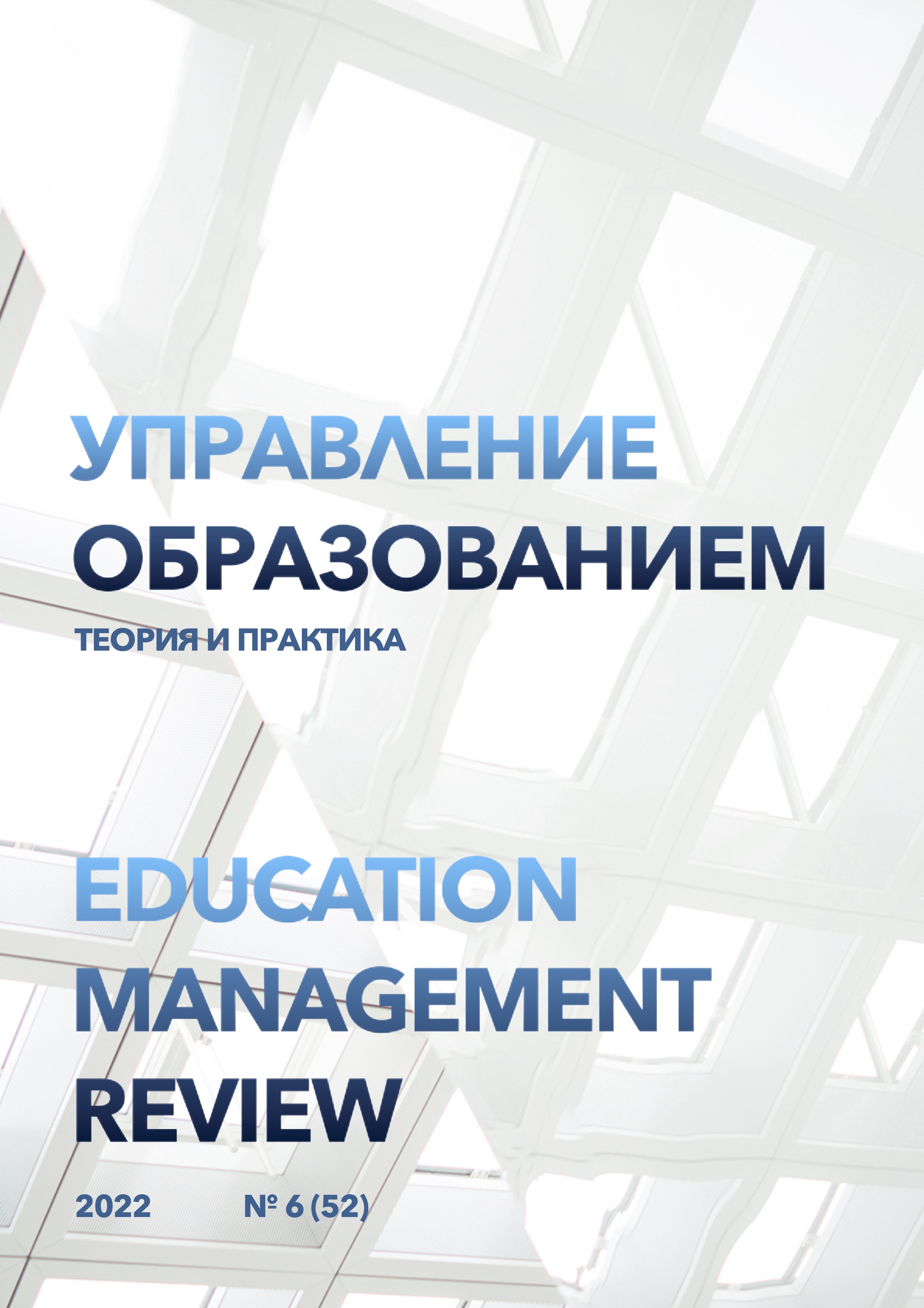A method of protecting traffic from interference by DPI-information systems of universities based on the use of DOT and DOT protocols
DOI:
https://doi.org/10.25726/d7888-7143-4235-qKeywords:
nformation security, hacking, cyber attack, DPIAbstract
The issue of ensuring information security and user privacy on the Internet is very multifaceted and complex. On the one hand, the global network is becoming more secure: the world's leading IT companies are developing and actively implementing new network standards and protocols, which makes the Internet safer, faster and more efficient for both ordinary average users and corporate clients. The former get the opportunity at any time to quickly access the necessary information or resources to meet their own needs. Corporations, in turn, thanks to various kinds of statistical data, have the opportunity to plan their business processes more clearly and efficiently, correlating them with the needs of customers. On the other hand, such globalization and structuring of information processes has negative consequences. Based on the data collected by IT corporations and providers, it is possible to completely compromise not only an individual, but also large enterprises. Therefore, the problem of protecting personal data on the Internet is becoming more acute every year, because the more accessible and widespread the global network becomes, the less chance of anonymity remains for average users, and confidential data of various companies and organizations become more vulnerable to unauthorized access to them, violation of their integrity and accessibility. DPI systems are increasingly being used to monitor and filter traffic, as well as to block protocols.
References
Антонова Д.А., Оспенникова Е.В. Методологические основы продуктивного обучения // Пед. образование в России. 2020. № 6. С. 163-173.
Астахова Л.В. Понятие информационной компетенции специалиста: когнитивный подход // Вестник ЮУрГУ. Серия «Образование. Педагогические науки». 2013. Т. 5. № 4. С. 10-16.
Бузальская Е.В. Тест-эссе как подвид академического эссе: характеристики жанра // Азимут научных исследований: педагогика и психология. 2018. Т. 7. № 1 (22). С. 39-42.
Восканян С.К. Эссе как жанр письменной речи: цели и задачи // Вестник Моск. ун-та. Серия 19 «Лингвистика и межкультурная коммуникация». 2018. № 2. С. 95-102.
Глобальное исследование «Доверие к цифровым технологиям» 2021. Кибербезопасность вступает в пору зрелости / РЖС. https://www.pwc.ru/ru/publications/dti-2021/e-version-digital-trust-insights2021-in-russian.pdf
Гусева А.Х. Формат комментированной эссе-презентации как мотивационный ресурс подготовки итоговой аттестационной работы // Инновации. Наука. Образование. 2021. № 32. С. 2116-2121.
Лабзова И.Ю. Теория самоопределения и её применение в зарубежной образовательной практике // Человек и образование. 2017. № 3 (52). С. 152-156.
Логинова М.П. Философия американского образования: от истины до мнения // Вестник Православного Свято-Тихоновского гуманитарного университета. Серия 4 «Педагогика. Психология». 2021. № 60. С. 22-36.
Мартынова А.Г. Обучение академическому письменному дискурсу в жанре экспозиторного эссе: дис. ... канд. пед. наук. Омск, 2006. 207 с.
Моргун Е.А. Академический дискурс: эссе как жанр академического письма // Профессионально-ориентированное обучение языкам: реальность и перспективы: сб. ст. участников Ежегод. всерос. науч.-практ. конф. с междунар. участием. М., 2020. С. 260-265.
Найок О.Б. Средства смысловой целостности и прагматического воздействия в иллюстрированном эссе // Вестник Моск. гос. лингвист. ун-та. Гуманитарные науки. 2020. № 9 (838). С. 93-107.
Проценко А. Работодатели оценили уровень подготовки выпускников вузов //Рос. газ. 2021. https://rg.ru/2021/09/07/rabotodateli-ocenili-uroven-podgotovki-vypusknikov-vuzov.html
Семёнова Т.В. Проблемы организации продуктивной образовательной деятельности студентов вуза // Наука и образование: новое время. 2016. № 3. C. 99-103.




